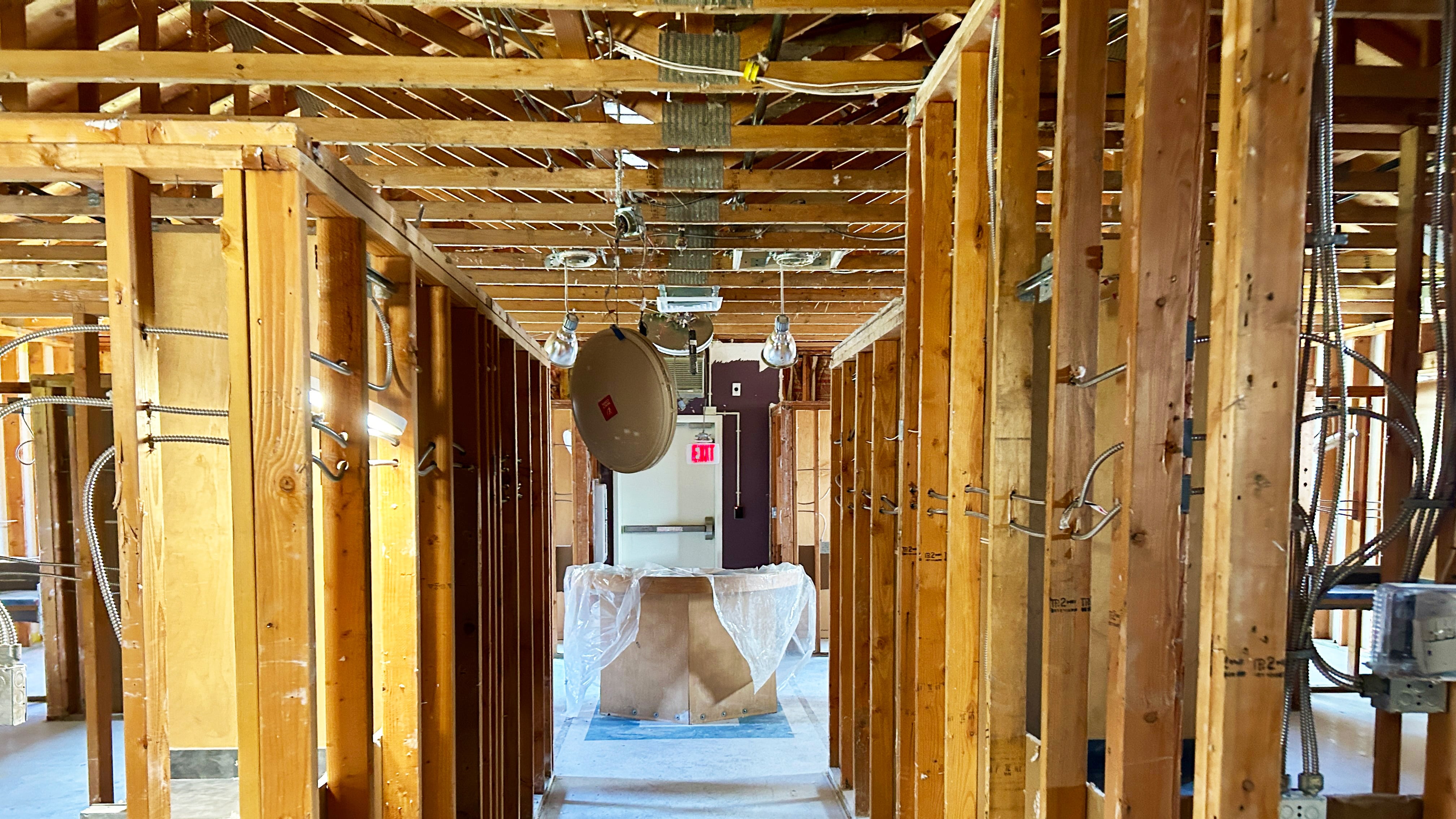- ADDRESS: 4411 NE Emerson St.
- YEAR BUILT: 1960
- SQUARE FOOTAGE: 7,790
- MARKET VALUE: $1.4 million
- OWNER: De Paul Treatment Centers Inc.
- HOW LONG IT’S BEEN EMPTY: 2 years
- WHY IT’S EMPTY: Running a rehab for low-income kids never penciled out.
For four decades, the former nunnery beside De La Salle North Catholic High School in Northeast Portland was a youth rehab center. It treated kids from low-income families, several dozen at a time, and for many years was the only facility of its type in Northwest Oregon. It even operated its own school.
But it didn’t survive the pandemic. In 2021, De Paul Treatment Centers (now known as Fora Health) announced it was closing the youth rehab center. It had been losing money for a decade, and a changed medical landscape after COVID-19 didn’t help.
“This decision breaks our heart,” Jay Minor, chair of the nonprofit’s board, said at the time. “We turned over every stone to try to find a way forward. We simply couldn’t.”
The loss couldn’t have come at a worse time. Youth overdoses have skyrocketed across the country, and Oregon’s rate of youth substance abuse is third worst in the nation.
The nonprofit’s new CEO, Devarshi Bajpai, blamed low Medicaid reimbursement rates, a lack of demand at the time for youth inpatient beds, and staffing challenges. “There was a mismatch between what payers are willing to pay for it and what it cost to actually run that program.”
The building has been empty since. But it won’t be for long, at least if Tony Vezina has his way.
Vezina knows De Paul Youth Center well. A decade ago, newly sober himself, he was a mentor at the center, riding his BMX bike in from the new nonprofit he’d started working with troubled kids.
Now, he’s chair of the state’s Alcohol and Drug Policy Commission and his nonprofit has its sights set on restoring the building. That nonprofit, 4D Recovery, was awarded a $4 million chunk of the $211 million funding package that accompanied state legislators’ recriminalization of hard drugs earlier this year.
4D currently runs youth drop-in centers and would use the state funds to purchase the building, restoring at least some of its inpatient beds while adding outpatient treatment services.
On a recent afternoon, Vezina and a half-dozen members of his team strolled through the labyrinthine building taking stock. They entered a commercial kitchen, a gym, and then a row of classrooms, textbooks still lining the walls.
They passed what appeared to be a former cafeteria. “It’s cool, but it’s kind of institutional,” Vezina said. “It needs a different vibe—we’ll get some spray paint going.”
The building will need a few other upgrades, too. One wing is being gutted to repair water damage from a burst pipe. Inspectors say the roof and HVAC system need work.
Meanwhile, Vezina is still waiting on the state to distribute the cash he’ll need to buy the building. A Department of Administrative Services spokesperson says it could take a “month or two” as the state performs legal due diligence.
Still, Vezina is confident he can open the facility by next summer. As for the problem of making the operation pencil: He’s negotiated a deal with the state’s largest Medicaid insurer, CareOregon, to fund operations for a few years while the center gets off the ground.
After that, well, Vezina has friends in high places. “We’re fortunate to have really good relationships with legislators,” he says.
Every week, WW examines one mysteriously vacant property in the city of Portland, explains why it’s empty, and considers what might arrive there next. Send addresses to newstips@wweek.com.

